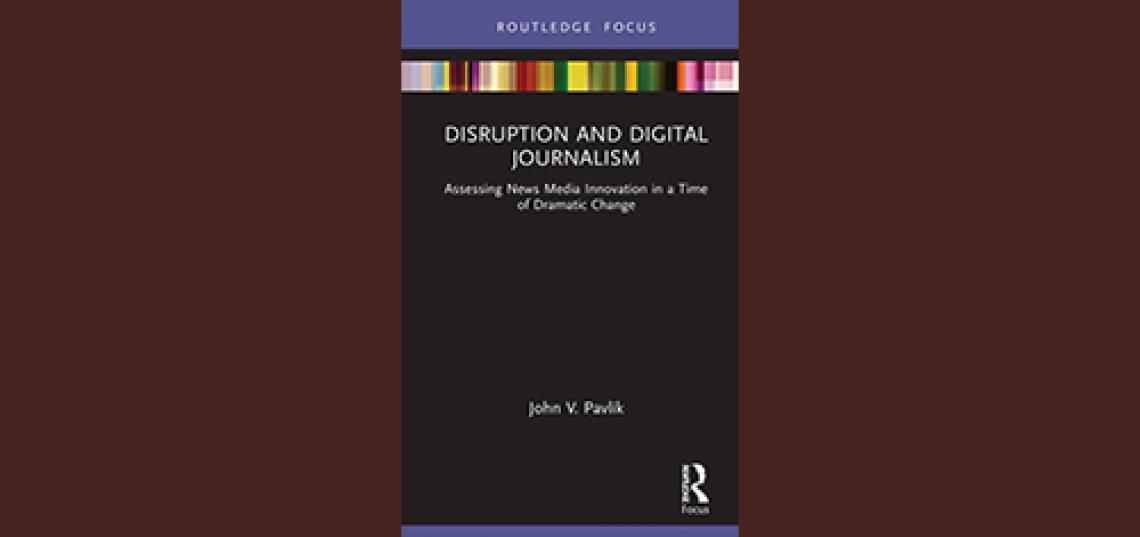
Remember opening the front door to grab the newspaper off the step (if it was delivered on time and the dog hadn’t eaten it)? Remember listening to the news on the car radio on the way to and from work and watching the evening news on television?
We know those days are gone. Newspapers, magazines, radio, and television news programs are all examples of analog media, and analog media have largely been replaced by digital media as a result of the transformation of the 20th-century telecommunications system to a largely digital format.
We are now living in the era of digital journalism – journalism posted to the internet – when we are likely to ignore newspapers and read the news on our smartphones and laptops. We may not even read news written and vetted by journalists, instead preferring social media as our source of information on current events.
How has this transformation impacted news organizations and populations who do not have access to technology? What are some of the benefits and negative consequences of this dramatic change?
Understanding these issues is the subject of a new book by Professor of Journalism and Media Studies John Pavlik titled “Disruption and Digital Journalism: Assessing News Media Innovation in a Time of Dramatic Change.”
“Developments in digital technology over the past half-century have led to a massive disruption of journalism in the U.S. and around the world,” Pavlik said. “Most news media have struggled to adapt to this changing communication landscape. Yet, some innovative news organizations and journalists have succeeded in creating journalistic excellence in the digital arena and have found economic pathways that are increasingly viable and sustainable.”
Pavlik said one of the most enduring problems resulting from the transformation from analog to digital media is the digital divide that limits public access to digital communications and thereby digital journalism. As a result, economically marginalized groups, who might not have access to smartphones, computers, and a reliable internet connection (or a connection at all) are the most adversely affected, and thus journalism as a vital part of democratic society is undermined.
It is important to understand the dramatic transformation of journalism and the public communications systems to digital form, Pavlik said, because “the nature of journalism has fundamentally changed. Moreover, public engagement in journalistic discourse has also undergone dramatic change. Most visibly, a large portion of the public now has a smartphone and Internet access and participates in social media. These changes have generated powerful consequences for the public and for democracy. The public now has access to new forms of news such as immersive stories (e.g., via augmented reality or virtual reality), which can provide more context and build greater empathy.
“Citizen reporting has contributed to contemporary understanding of matters of social and racial justice (e.g., video of the police killing of George Floyd was captured by a citizen with a smartphone, helping galvanize the Black Lives Matter movement). But at the same time, problems of misinformation have become rampant as social media often lack the gatekeepers and fact-checking that are a core part of mainstream journalism. Yet, research shows that the public increasingly gets its news via social media.”
Another significant impact of the transformation, Pavlik said, is that the “digital disruption has been especially profound at the level of local journalism. Local communities have often seen their local newspapers close or been forced to reduce their publication frequency, as they have seen their revenues collapse with the rise of digital platforms such as Google, Facebook, and Craigslist that have attracted increasing portions of digital advertising dollars. Consequently, many local news media have been unable or unwilling to move aggressively from print to digital, mobile form. As this trend has spread across the land, more than 1,000 U.S. communities have become news deserts (i.e., they have no local professional journalism news source).”
One of the findings that surprised him, Pavlik said, is while his research revealed the significant number of communities that are now news deserts, he also found “this does not necessarily mean people are uninformed in those communities with regard to current affairs. In fact, with the rise of citizen journalism, blogs, and mobile media, in many cases, the public is highly engaged and often well informed about their communities. However, without professional journalists working in those communities, the most important journalism, especially investigative journalism, is not happening and the role of journalism as the fourth estate is eroding.”
News organizations have needed to adapt quickly, and Pavlik includes in the book examples of innovative organizations that have reimagined their strategies. He said The New York Times is among the news organizations to most successfully innovate in the digital arena. “They have been in the vanguard in the use of immersive media platforms such as augmented reality and virtual reality as well as interactive and three-dimensional news graphics. In confluence with other forces (e.g., political, cultural), these digital journalism innovations have enabled The Times to increase its paid digital subscription base from about one million in 2015 to more than seven million in 2021.”
Discover more about the Department of Journalism and Media Studies at the Rutgers School of Communication and Information on the website.
Image: Courtesy of John Pavlik
